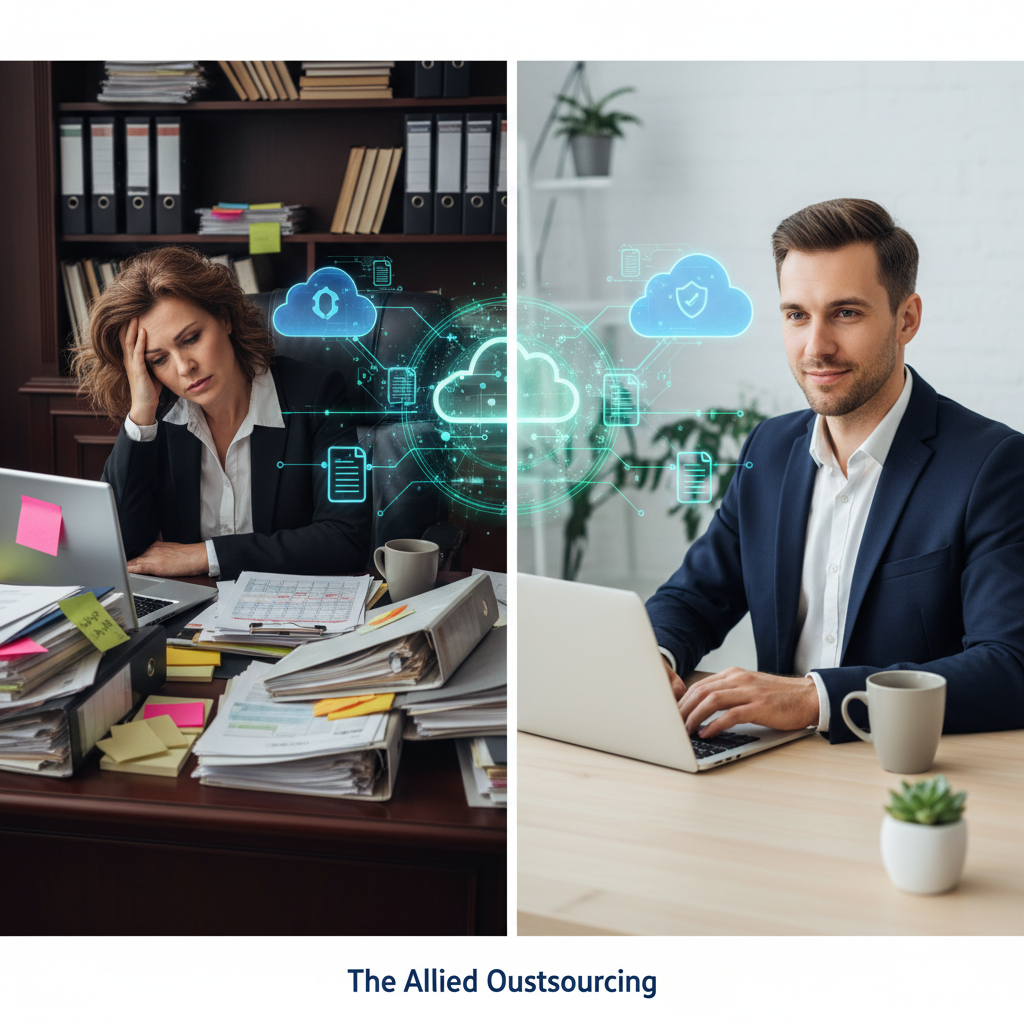- Resources
- Leveraging Technology in Personal Injury Law Practice
Leveraging Technology in Personal Injury Law Practice
September 10, 2024

The legal landscape, especially in personal injury law, is swiftly changing with the fusion of cutting-edge technology. Generally, personal injury procedures included ample documents, physical investigation, and time-consuming client management. Nevertheless, the emergence of digital tools has dramatically changed these procedures, rendering them more effective, precise, and customer-oriented. For personal injury lawyers, utilizing technology is no longer discretionary but crucial to remain competitive and deliver the finest service to clients.
1. Case Management Program
One significant technological advancement in personal injury law is the creation of advanced case management software. These systems simplify a legal firm’s activities, including customer registration, record keeping, scheduling, and invoicing.
Contemporary case management programs, like Clio, MyCase, and Needles, enable lawyers to uphold detailed digital records of all client interactions, case particulars, and legal paperwork. This data consolidation decreases the probability of mistakes, improves communication within the firm, and allows lawyers to retrieve crucial details from any location. With functions such as computerized notifications, duty supervision, and combined time monitoring, these instruments ensure that deadlines are observed and client requirements are consistently taken care of.
Furthermore, many case management programs are web-based, ensuring all information is securely held and reachable from a distance. This characteristic is especially favorable in the post-COVID-19 era when remote labor and virtual discussions have become more widespread.
2. Artificial intelligence and Predictive Analytics
Artificial intelligence (AI) is progressively incorporated into personal injury law practices to enhance decision-making and case outcomes. AI-driven tools can analyze enormous amounts of information, recognize trends, and provide insights that would be challenging, if not impossible, for humans to discern.
Predictive analytics, a subset of AI, enables personal harm lawyers to evaluate the probable outcomes of a case based on past information. By analyzing akin cases, lawyers can gauge settlement amounts, comprehend the potential duration of the litigation, and pinpoint the most efficient legal strategies. This information-based strategy empowers lawyers to counsel their clients more accurately and confidently.
For instance, AI tools can scrutinize medical records and other proof to discover inconsistencies or trends that could reinforce a case. These instruments can also assist in jury selection by examining potential jurors’ social media profiles and public records to anticipate their prejudices and predispositions, thus boosting the likelihood of a beneficial verdict.
3. Electronic Discovery (eDiscovery)
The discovery procedure, where both sides share information related to the case, has been transformed by electronic discovery (eDiscovery) instruments. In personal injury cases, eDiscovery enables lawyers to rapidly and effectively examine digital documents, emails, and other electronic correspondences that may apply to the lawsuit.
eDiscovery tools utilize sophisticated search formulas to sift through large quantities of data and pinpoint relevant documents based on keywords, dates, and other factors. This technology dramatically decreases the time and expenses associated with the exploration process, allowing lawyers to concentrate on lawsuit strategy rather than document examination.
Furthermore, eDiscovery tools frequently incorporate features that assist in preserving the chain of custody and ensuring that all digital proof is maintained in its original state, which is vital in upholding the credibility of the evidence in court.
4. Virtual Reality (VR) and 3D Illustration
In personal injury law, expressing the scope of a client’s injuries and their effect on their lives is crucial. Virtual Reality (DR) and 3D illustration technologies are emerging as robust tools.
VR can produce immersive simulations of accident settings, enabling judges and juries to encounter the incidents from the sufferer’s viewpoint. This innovation can offer a more engaging story than conventional photographs or charts, making it more straightforward to display the seriousness of the injury and the carelessness of the accused.
3D illustration tools can also produce comprehensive anatomical concepts that illustrate the scope of a client’s injuries. These concepts can be particularly impactful in instances including intricate wounds or surgeries, helping to connect the chasm between medical language and the courtroom.
5. Client Communication and Interaction
Clients anticipate prompt and clear communication from their legal representatives during the digital era. Advancements in technology have simplified the process of meeting these expectations through diverse communication channels.
Numerous personal injury law practices currently utilize client portals, where clients can sign in to observe progress on their matter, retrieve crucial paperwork, and communicate directly with their lawyer. This degree of openness establishes confidence and keeps customers well-informed without the necessity for incessant phone calls or face-to-face encounters.
Moreover, automated messaging systems can be implemented to dispatch reminders, updates, and notifications to clients, ensuring they are always up to date. Some practices also utilize chatbots to manage primary client inquiries and intake, offering immediate responses to potential clients around the clock.
6. Digital Marketing and Online Presence
In a growingly competitive market, a solid internet presence is crucial for law firms specializing in personal injury cases. Digital marketing tools like social media, search engine optimization (SEO), and pay-per-click (PPC) marketing enable firms to connect more efficiently with potential clients.
SEO strategies can enhance a legal practice’s website ranking in search engine results, simplifying the process for potential clients to locate it. On the other hand, PPC marketing can focus on specific target groups, guaranteeing that the firm’s offerings are promoted to the appropriate audience at the proper moment.
Additionally, a properly managed website containing client feedback, case outcomes, and educational material can establish a firm’s trustworthiness and knowledge, heightening potential clients’ chances of opting for its services.
7. Final Thoughts
Incorporating technology in personal injury legal practice is a current fad and a crucial element in the present legal environment. From legal case organization and AI-powered understandings to virtual reality simulations and online advertising, technology is revolutionizing how personal injury lawyers function, empowering them to aid their clients more effectively and proficiently.
Companies that adopt these technologies will enhance their everyday activities and boost their capacity to achieve advantageous results for their clients. As technology progresses, personal injury legal practices must keep up with advancements to stay competitive and offer the utmost standard of service in a progressively digital realm.
To Know More, Reach Out to: https://thealliedoutsourcing.com/contact/
All Categories
- Agile Legal Support (1)
- Case Law (88)
- Case Studies (6)
- Demand Letter (14)
- Deposition Summaries (11)
- Legal Outsourcing (3)
- Legal Research (72)
- Marketing (1)
- Medical Summaries (14)
- Others (4)
- Personal Injury (54)
- Virtual Assistant (59)
- Virtual Paralegal (2)
Related Blogs
Author
Maithili Salunkhe
Designation: Content Writer and Creator
4 Years extensive experience in content creation to offer specialized legal writing services. A deep understanding of legal principles and the ability to translate complex…Reviewer
Ruchi Bhakhri Sharma
Designation: CEO
25 years of combination of serving as a lawyer in India and paralegal support to US lawyers. Led a diverse team of legal professionals, project…Recent Blogs






